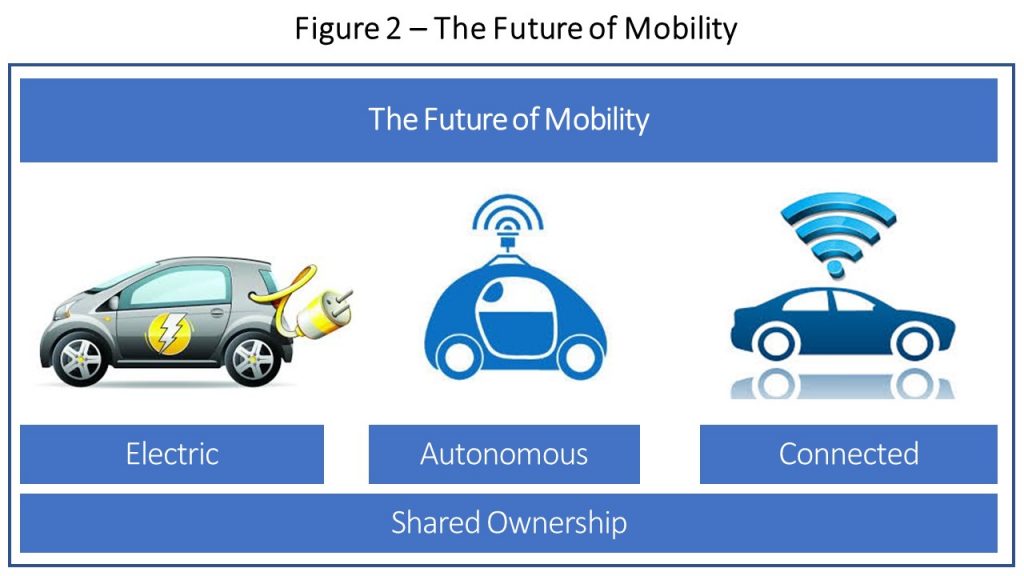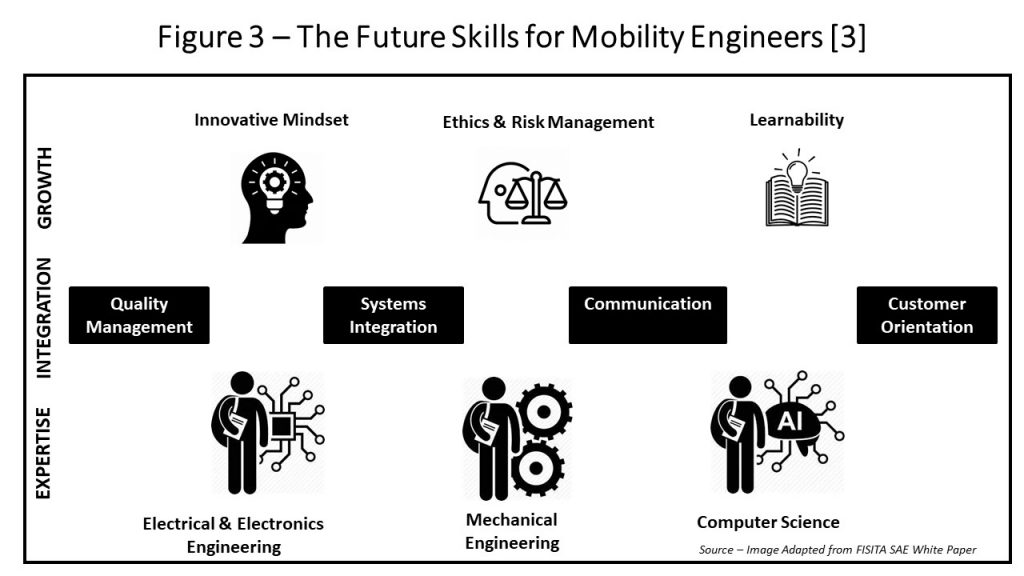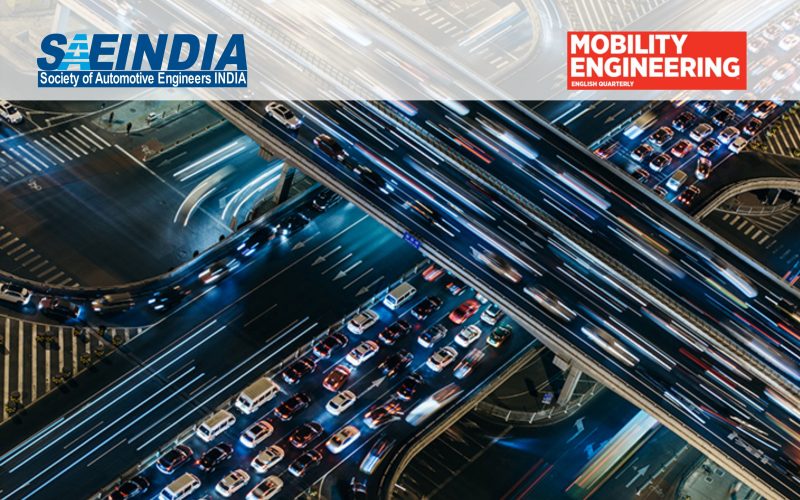Mobility Engineer 2030 : A dedicated column for engineering students who aspire to become Mobility Engineers
When I interact with young engineering students in India and abroad, I am very often asked these questions:
What is the Future of Mobility?
What are the technologies that are shaping the Future Mobility Products?
How will the future jobs be like in the Automotive Industry?
What new skills do I need to acquire to become industry-ready?
How can I learn these new skills quickly?
What competencies do Automotive OEMs look for when they hire fresh engineers?
What career growth opportunity does the Automotive Industry offer for young engineers (is it better than other industries)?
 There is valuable information, available with the technology practitioners and industry leaders, that can help the students to prepare themselves for a successful career in the automotive industry. This information will also help the young professionals who are already in the Industry. However, the knowledge providers and the seekers are busy with their current pursuits and they rarely get the chance to connect and share the knowledge. I thought of creating a dedicated column in Mobility Engineering magazine that will connect the students with the industry experts. The focus of this column is to address the needs of engineering students who aspire to enter the Mobility Industry.
There is valuable information, available with the technology practitioners and industry leaders, that can help the students to prepare themselves for a successful career in the automotive industry. This information will also help the young professionals who are already in the Industry. However, the knowledge providers and the seekers are busy with their current pursuits and they rarely get the chance to connect and share the knowledge. I thought of creating a dedicated column in Mobility Engineering magazine that will connect the students with the industry experts. The focus of this column is to address the needs of engineering students who aspire to enter the Mobility Industry.
The Future of Mobility is being shaped by certain disruptive technologies (like electric, connected and autonomous vehicles) and disruptive business models (shared ownership). The building blocks of these technologies – like Internet of Things (IoT), Energy Storage, Machine Vision, AI, Machine Learning, Data Analytics etc. – are all growing exponentially in their performance and fast converging to create breakthrough mobility solutions. These technologies are fast becoming accessible and affordable making their adaption very easy. Since the technologies are evolving exponentially and the adaption rate is also high, the automotive landscape is changing fast. The automotive industry is quickly turning into a true mobility ecosystem. OEMs have traditionally worked only with tier-one suppliers. The new ecosystem has high-tech players entering the market and incumbents forming new partnerships [1].

The Future Jobs in the Automotive Industry are quite different from the current jobs. With the advent of connected vehicles, there is rich data available from a wide variety of sensors that can be easily accessed through IoT and can be processed remotely in the cloud. The Industry would need Data Science Experts who can analyze the data and create value for the customers – like diagnose potential failure modes and enable preventive maintenance or help optimize the route to reach the destination in time in dense city traffic conditions. The operation of sophisticated, cloud-connected infotainment systems in a modern vehicle is managed by a software that apparently exceeds 100 million lines of code – hence the Industry would need software programmers. These vehicles will be manufactured in plants that deploy digital manufacturing technologies – additive manufacturing, machines connected through internet, industrial robots etc. The Industry will need digitally savvy manufacturing engineers. Though there will be many jobs, these jobs will require certain skills that are not readily available with the automotive engineers today. Today’s curriculum for Automotive Engineers does not cover many of these skills. The Future of Jobs Report of the World Economic Forum [2] describes the abilities (Cognitive and physical), skills (content and process) and Cross – functional skills (Systems skills, Social Skills, Complex Problem Skills and Resource Management Skills over and above the Technical Skills) that are critical for future jobs – these are very relevant for Automotive Jobs too.
The Future Skills for Mobility Engineers is comprehensively described by “Mobility Engineer 2030 – FISITA White Paper” [3] as a three-layer approach to visualise the required skill sets – (a) expertise, (b) integration skills and (c) the ability to grow.
(a) The expertise would span across Mechanical Engineering (ME), Electrical & Electronics Engineering (EEE) and Computer Science (CS). For instance, if you are studying in the Mechanical Engineering stream, then you need to acquire working knowledge of EEE and CS.
(b) The Integration skills span across Quality Management, Systems Integration, Communication, Customer Orientation etc. Though there is a lot to say on this topic, I will discuss about the Customer Orientation here and save the rest for later. Automotive Engineers need to train themselves in Design Thinking (DT) as the Future Car is a designed product that is customized to satisfy the Customer’s most sacred needs. DT trains the engineer to empathize with their customers, define the right engineering problems, generate many creative ideas, quickly prototype the solutions and validate the new ideas with their potential customers.
(c) The ability to grow requires an innovative growth mindset, the right ethics and ability to learn.
While a few of these skills can be learnt in a classroom, many other skills would require a practical engineering exposure of building innovative solutions (similar to what students gain when they participate in SAE BAJA – build a off-road vehicle, in a frugal manner, that meets stringent performance requirements [4]). Such a collaborative project experience prepares the students to work well in cross-functional teams when they enter the Industry.

The Future of Learning is driven by the ineffectiveness and inadequacies of the dominant learning and teaching paradigms [5]. The lecturing is not always engaging enough to retain the attention of students, the content is often not updated to reflect real world needs, the grading system rarely motivates the students, the exams and evaluation seem to value conformity more than originality and imagination. As a result, many of the students coming out of such an educational system are not industry ready. The future trends in learning include creative teaching methods using micro modules and blended learning, flipped classroom where the teacher does not teach but facilitates learning, use of technologies like AR / VR to enhance online teaching, use of data analytics and AI to customize learning content and pace of learning to match the needs of individual students, the use of continuous evaluation and 360 assessments. The application of innovative education frameworks like CDIO [6] to prepare next generation engineers. We need to pursue self-paced learning over and above the teacher-led training. Our ability to learn new things – learnability – will be a key enabler for our success in the future. We need to create a life – long learning plan as the rapid pace with which new technologies are introduced drastically reduces the shelf life of technologies. We need to keep learning as new technologies keep entering the automotive industry.
Career Growth Opportunities for the engineering students who are passing out this year are best expressed in the words of Dr. Raman Venkatesh (EVP & COO, SAE International), “You have a big role to play in whatever career path you choose to have in the exciting world of Mobility Engineering. To the graduating class of 2020 engineers: The world is your oyster even if it sometimes feels like you are inside a clamshell. Stay focused. You have a bright future ahead” [7]. This is indeed a very exciting time for an engineering student entering the automotive industry – he has a great opportunity to make his mark by building sustainable mobility solutions that will be cleaner, more convenient and safer than the current. She will get to work at the interface of several exponentially growing technologies and may get to create disruptive mobility products / services.
Dr. Shankar Venugopal,
Vice President, Mahindra & Mahindra,
Dean, Mahindra Technical Academy
References:
- https://www.mckinsey.com/industries/automotive-and-assembly/our-insights/the-future-of-mobility-is-at-our-doorstep
- http://www3.weforum.org/docs/WEF_Future_of_Jobs.pdf
- https://www.fisita.com/documents/FISITA_White_Paper_Mobility_Engineer_2030.pdf
- https://www.bajasae.net/
- https://su.org/resources/exponential-guides/the-exponential-guide-to-the-future-of-learning/
- http://www.cdio.org/
- https://www.linkedin.com/pulse/building-mobile-career-raman-venkatesh/
 |
Dr Shankar Venugopal is the Vice President at Mahindra & Mahindra. He leads technology innovation and knowledge management for the automotive and farm businesses. As the Dean of the Mahindra Technical Academy, Shankar is focused on helping young engineers to build future skills. |



